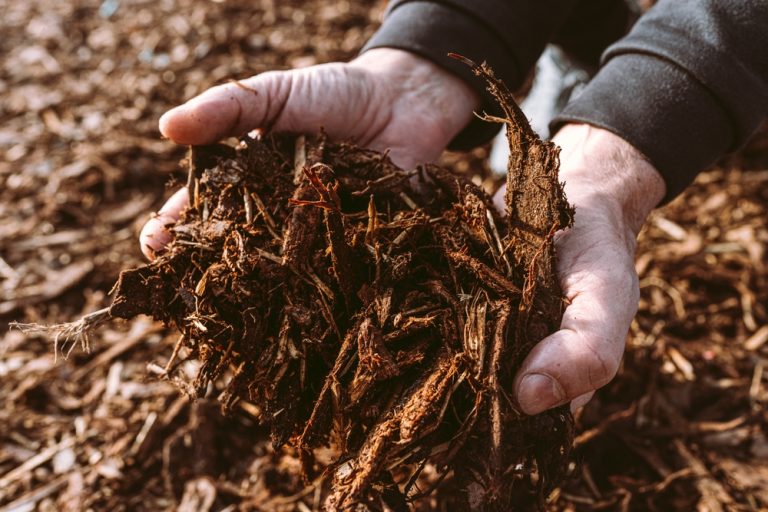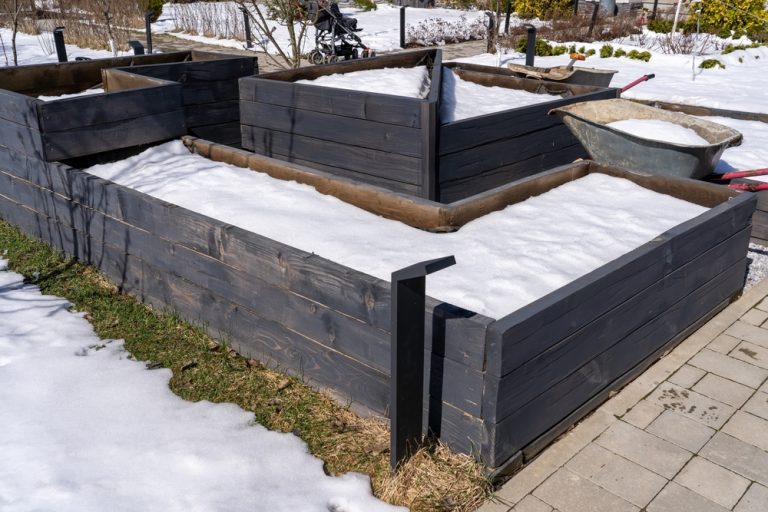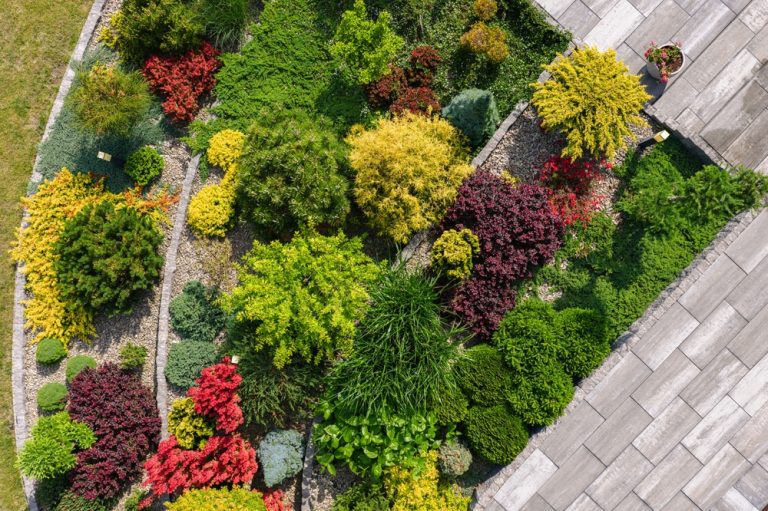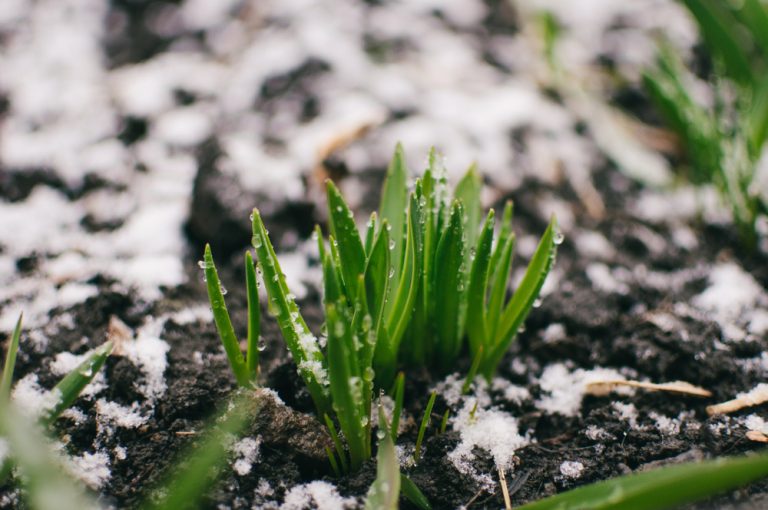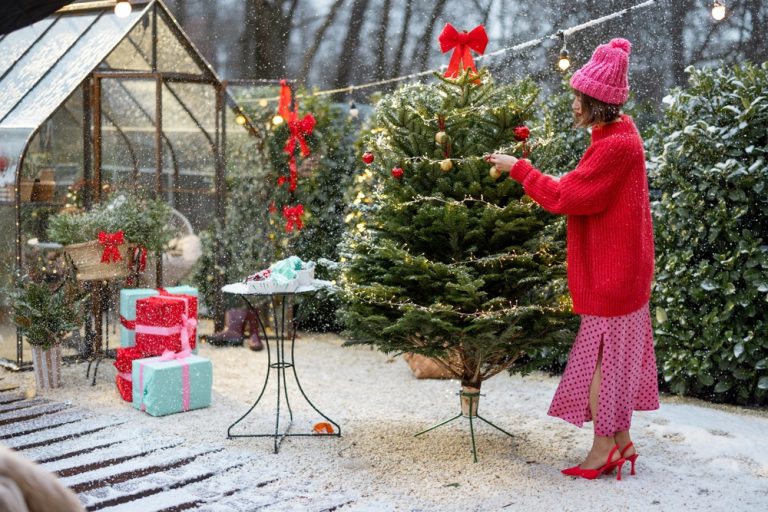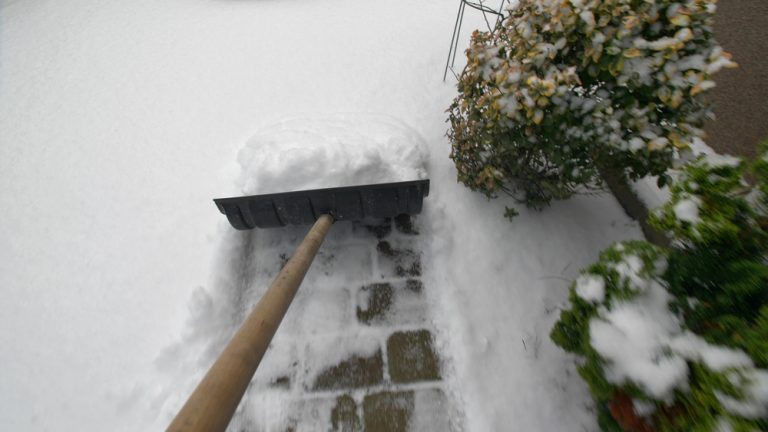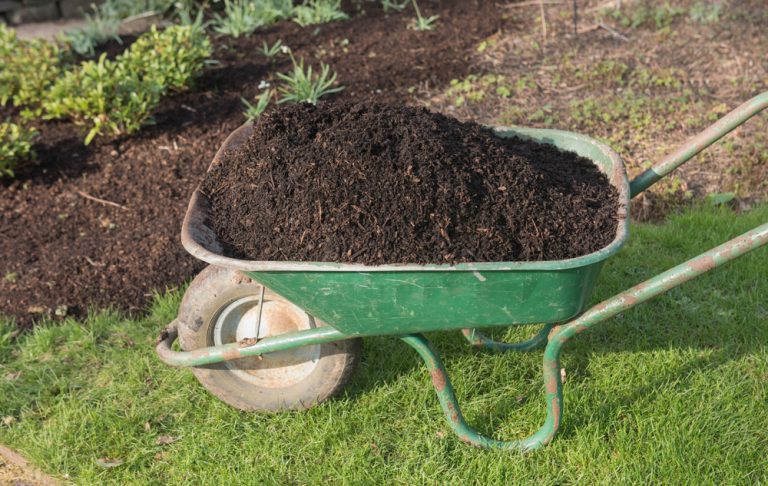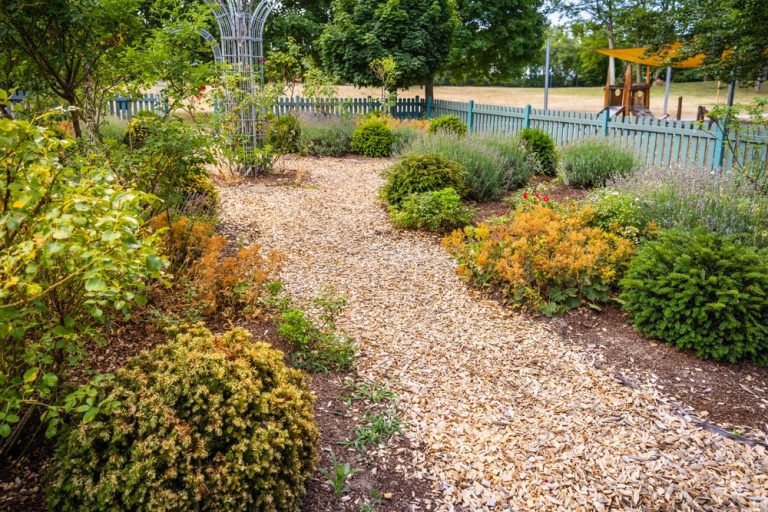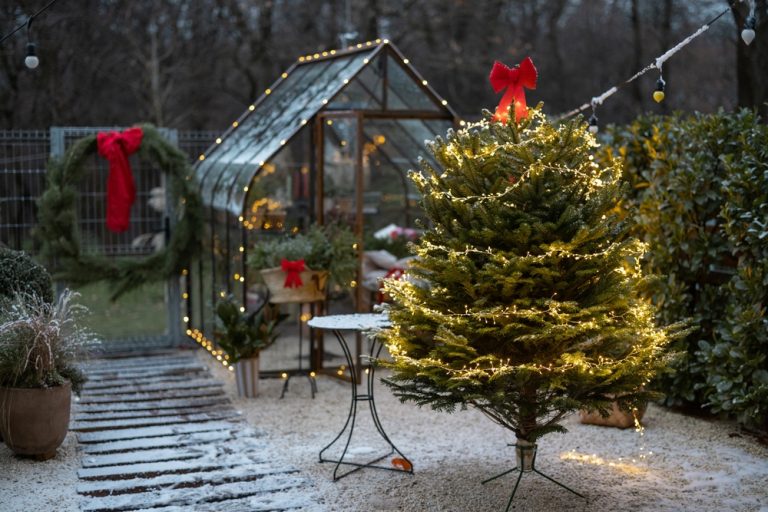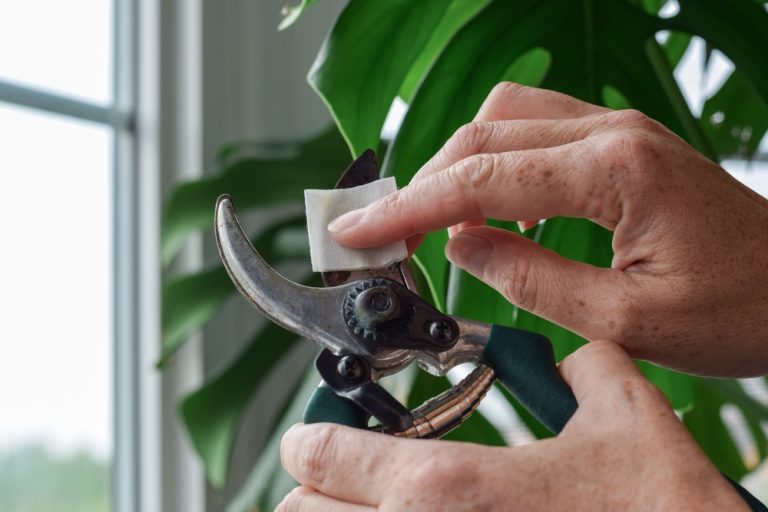Mulch has long been hailed as the secret weapon of gardeners everywhere. It promises to suppress weeds, retain moisture, and give your garden that polished, Instagram-worthy look. But what if I told you that not all mulch is created equal—and some of it might actually be costing you more than it’s worth? You’ve been spreading…
mulch
Why Your Raised Beds Might Be Failing in Winter
Your garden can feel like a kingdom—lush in summer, thriving in fall, and then suddenly… defeated the moment winter shows up. One day your raised beds look proud and productive; the next they resemble abandoned plots wondering what they did to deserve such treatment. Winter gardening is a whole different beast, and raised beds—despite being…
7 Garden Layout Changes to Make During the Off-Season
The garden may look quiet and sleepy during the off-season, but that doesn’t mean your green thumb has to take a break. This is the perfect time to step back, dream big, and make changes that will set your garden up for a spectacular season ahead. While your neighbors might be hibernating from gardening, you…
9 Types of Mulch That Best Protect Roots from Winter Freeze
Winter can be absolutely brutal on your garden, especially when those plunging temperatures sneak in overnight and leave your plants shivering beneath the soil. Roots, more than anything else, need insulation, stability, and a protective barrier that keeps warmth in and icy winds out. Mulch becomes the unsung hero of the season, acting like a…
6 Ways to Recycle Holiday Decor into Garden Uses
The holidays may come and go, but your festive decorations don’t have to end up in the trash. That string of lights, glittery ornaments, and leftover garlands that made your home sparkle can actually get a second life in your garden. Instead of spending the next few months staring at storage boxes, why not turn…
Why You Should Refresh Mulch Around Trees Before the First Snow
As the crisp autumn air rolls in and leaves crunch underfoot, many homeowners are already dreaming of hot cocoa and cozy blankets. But before winter truly settles in, there’s one crucial outdoor task that often slips through the cracks: refreshing the mulch around your trees. Mulch isn’t just decorative; it’s a superhero layer that protects…
Why Mulching in December Can Save Your Spring Garden
Winter is rolling in, frost is creeping over your lawn, and it might feel like the garden is officially “asleep” until spring. But don’t put away your gardening gloves just yet—December is secretly one of the best months to set your spring garden up for success. Mulching now might sound like an odd chore in…
14 Winter Soil Preparation Tips That Boost Spring Growth
Winter can feel like a dead season for gardeners, with frost covering the ground and the garden looking like it’s taking a long nap. But beneath that cold, dormant surface, soil is quietly waiting for spring, and the work you do now can transform next season’s garden into a lush, vibrant paradise. Preparing your soil…
How to Keep Your Garden Alive While You’re Enjoying the Holidays
Vacations, holiday feasts, and long-awaited adventures are the perfect recipe for relaxation—but they can be disastrous for your garden if you leave it unattended. One minute, your flowers are thriving, and the next, they’re sending you sad, droopy signals from the backyard. Don’t let your well-tended paradise turn into a brown, wilted mess while you’re…
12 December Gardening Tasks That Most Homegrowers Forget
December might seem like the month where your garden finally goes to sleep and gives you permission to ignore it until the new year—but that’s exactly why so many homegrowers get blindsided in spring. While everyone else is sipping cocoa and pretending their yard doesn’t exist, the gardeners who stay one step ahead are quietly…
